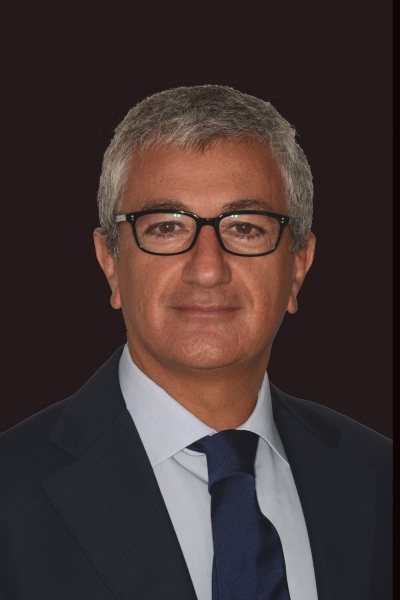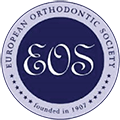
Raffaele Spena, Italy
Curriculum vitae
Dr Spena received his Certificate in Orthodontics at the University of Pennsylvania, Philadelphia, USA in 1988 and his Specialty Degree in Orthodontics at Università di Ferrara, Italy in 2003. He has spoken at several national and international meetings. He is author of several publications in national and international scientific journals and a reviewer for national and international scientific journals. He is CCO System Leader in Italy and in Europe. Dr Spena has published books and chapters on “Non-extraction Treatment” in orthodontics.
Dr Spena was Adjunct Associate Clinical Professor in the Orthodontic Department of the University of Pennsylvania from 1988 to 2000, at the Università di Parma from 1996 to 2000 and at Università di Ferrara since 2003. He is a member of a number of prestigious orthodontic societies and served as Scientific Secretary in 2008-2009 and as President of Accademia Italiana di Ortodonzia in 2010. Dr Spena has been an active member of the Angle Society of Europe since 2005 and Italian Board Certified in 2001 and European Board Certified in 2008. He has maintained a private clinical practice in Napoli, Italy since 1989.
Lecture
Fast, efficient or comfortable: how do you desire tooth movement for your patients?
Acceleration of orthodontic tooth movement and reduction of treatment duration are the “in-fashion” topics of today's orthodontic literature and advocated key words for successful orthodontics. Surgical alveolar decortication, laser, vibration, pulsed electromagnetic fields, injection of active pharmacological products are some of the methods studied to obtain faster tooth movement. Although research has shown that a surgical insult to the alveolar bone is the safest, more effective and clinically applicable way to increase the rate of tooth movement, many clinicians are still reluctant to perform these procedures to induce a regional acceleratory phenomena reaction around teeth being moved.
The following questions remain unanswered: Do we really need it? What are the clinical applications for this procedure? What are its limitations and contraindications? A different perspective and a clinician’s view on alveolar corticotomy and ways to increase patient acceptance will be presented. Successful and unsuccessful cases to describe possible clinical expectations and outcomes will be shown.



